Great goalkeepers for Falkirk, but no Scotland caps as Bairns
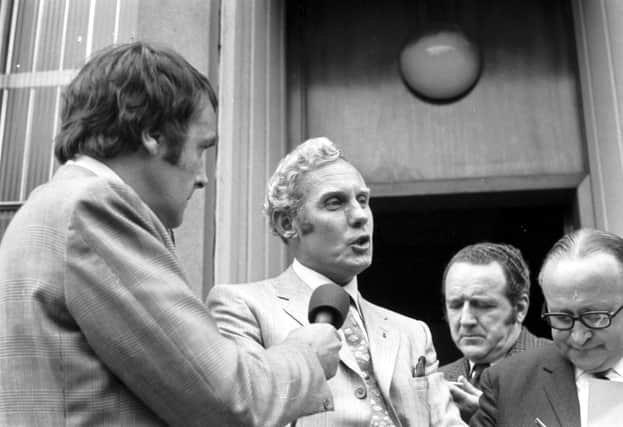

No Falkirk keeper to date has represented the full Scotland side in an official international match, but we can always hope. That’s not to say that we have never had Scotland keepers with a Bairns connection.
When I was a wee boy, the man between the posts was a very famous goalie as my grandfather never tired of telling me. I remember seeing pictures of him- the thick woollen jumper with the polo neck just like that worn by fishermen or submariners- and the slicked back, jet-black hair. He was Jerry Dawson who was a genuine Falkirk Bairn, born in the town in 1909 and had starred for Camelon Juniors before signing for Rangers. He was the regular keeper at Ibrox and earned fourteen caps until war broke out in 1939.
Advertisement
Hide AdAdvertisement
Hide AdWith regular football badly disrupted by the hostilities, Jerry guested for The Bairns and also played in seven wartime representative games. By the time he signed for Falkirk, he was clearly at the veteran stage of his career, but he found a rich vein of form and was even being touted for a return to the national side. Falkirk lost to East Fife in the final of the League Cup and many observers felt that he had been at fault with some of the goals.
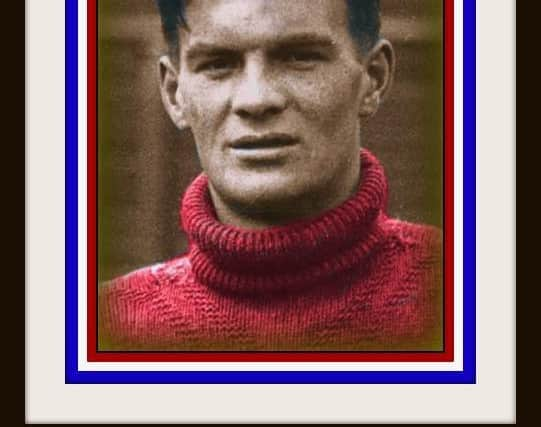

Jerry’s last game for Falkirk came in the league game against Partick Thistle on April 2, 1949. He died in 1977 at the age of 67 and was posthumously inducted into the Rangers Hall of Fame, and deservedly so. He had earned the nickname “The Prince of Goalkeepers” and had won every honour in the game at Ibrox- five league titles, two Scottish Cup medals and eleven League caps as well as his full caps. The irony is that Jerry wasn’t his real name at all. He was born James Dawson and his Rangers team-mates called him Jerry after the England and Burnley keeper Jeremiah Dawson.
The next Scotland keeper to come to Brockville was another local boy who had a similar career path to Jerry Dawson- Bobby Brown. I had the pleasure of talking to him on several occasions and he was a great storyteller, blessed with a phenomenal memory, and he recalled matches and personalities in the most incredible detail. Dunipace-born Bobby was a Falkirk High pupil who signed for Queens Park just before the war and made his debut in April 1940 against Celtic at Parkhead which ended 4-4. He saw active service with the Fleet Air
Arm and played in representative games during the war. Depending on where he was stationed, he turned out for several English sides as a guest player. In 1945, while still an amateur player, he played for Scotland against England at Villa Park and was outstanding despite a narrow 3-2 defeat. After the war, he trained as a teacher at Jordanhill College and turned professional with Rangers, allegedly the highest paid player at the club. He took up a post as a P.E. teacher at Denny High School and amazingly remained as a part-time player during his entire Rangers career. He was remarkably consistent and during his first six seasons at Ibrox, he only missed one game. In 1956, he signed for Falkirk for a fee of £2,200 and he started the cup-winning season as the first- choice keeper.
Advertisement
Hide AdAdvertisement
Hide AdThe emergence of young Bert Slater restricted his appearances and Bobby final retired at the end of the following season. In total, he had played 31 games for Falkirk, but like Jerry Dawson, his best days were seen at Rangers, where he had won his three full Scotland caps. He is one of the seven former Falkirk players who went on to manage the national side, but that is a story for another day.
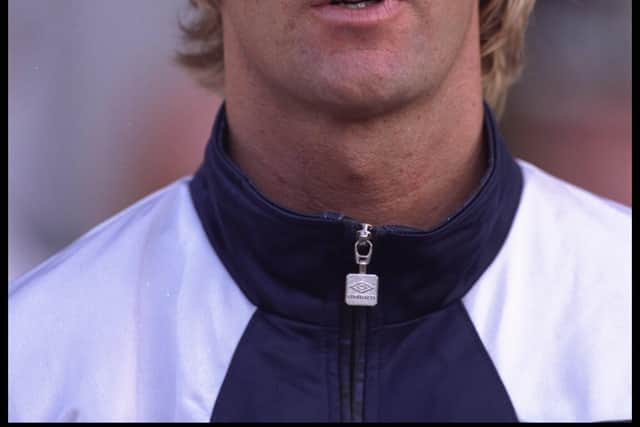

There was one Falkirk keeper who played for Scotland as a Bairn- but the game was not recognised as an official match. Bert Slater was the keeper when Scotland played a Jutland XI in May 1959 in Aarhus.
The team mostly consisted of players who had played at under-23 level. The line-up was : Bert Slater (Falkirk), Duncan Mackay (Celtic), Doug Baird (Partick Thistle), Eric Smith (Celtic), Jacky McGugan (St. Mirren), Billy Stevenson (Rangers), Alec Scott (Rangers), John White (Falkirk), Andy Kerr (Manchester City), Denis Law (Huddersfield Town) and Bertie Auld (Celtic). Andy Kerr, the most experienced played in the team with a mere two caps to his name, was named as captain. It was a bad-tempered affair and few players emerged with any credit.
At the final whistle, Scotland were booed off by the Danes because of their rough play and poor sportsmanship, especially towards the end of the game.
Advertisement
Hide AdAdvertisement
Hide AdWhen Bert Slater was transferred to Liverpool at the end of season 1958/59, his replacement was another former Scotland keeper- the enigmatic Tommy Younger, who arrived as player-manager to replace Reggie Smith. Younger’s spell as manager was little short of disastrous and is famous for his inability to find a settled keeper, using between eleven and thirteen different goalies in the 36 League games. Younger had been a great keeper in his early career and earned 24 Scotland caps. At Hibs and Liverpool, he had been a star player and was the Scotland captain during the 1958 World Cup Finals in Sweden- most unusual for a keeper in those days. Tommy Younger started out at Brockville with the intention of playing regularly, but only managed to complete eleven games, suffering from back problems, and was forced to retire as a registered player in Scotland. Amazingly, he moved on to Stoke City and finally Leeds before retiring in October 1962. In his post-playing career, he rose through the ranks of administration and
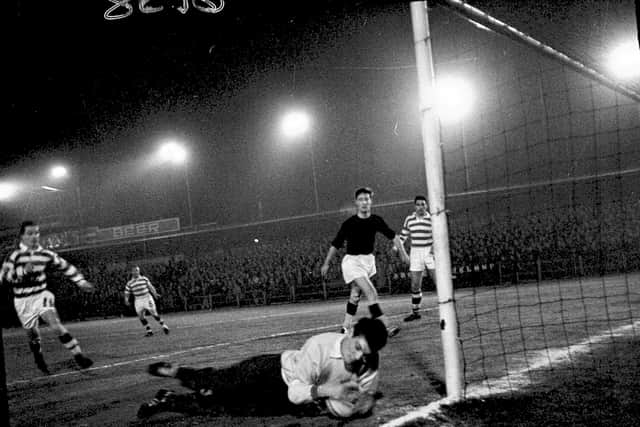

became President of the S.F.A.
One of the many keepers that Younger tried out in goals was another Scotland cap, but this time at Amateur level. Frank Crampsey was tried out in a League Cup tie and three league games – against Berwick Rangers, Brechin and Stranraer.
Crampsey had been a Queens Park regular and had been part of their Second Division title-winning side of 1955/56, but left Brockville to play for Bearsden Amateurs. His career at Amateur level is impressive and he was the regular keeper in the mid-50s.
After Younger’s departure, Falkirk finally found a regular and consistent No.1- the popular Willie Whigham. Willie eventually moved South, and Falkirk got Eddie Connachan as part of the transfer deal. Middlesbrough certainly came out of the deal well and Willie became a popular player at Ayresome Park. Eddie Connachan had played twice for Scotland- against Czechoslovakia and Uruguay both in 1962, losing 4-2 and 3-2 respectively. He made a big impression in his early career winning four Scottish League caps and gave an outstanding performance in the 1961 Scottish Cup Final when Dunfermline beat Celtic after a replay to win the cup for the first time in their history. He moved to Middlesbrough for a fee of £5,000 and enjoyed three seasons with the Teesside club. Falkirk brought him back to Scotland in November 1966, but like so many of the former Scotland keepers, his best days were behind him. He played a total of 30 games and was replaced by Denis Devlin in the latter part of season 1967/68. He moved to Port Elizabeth City in South Africa and also played for East London Celtic.
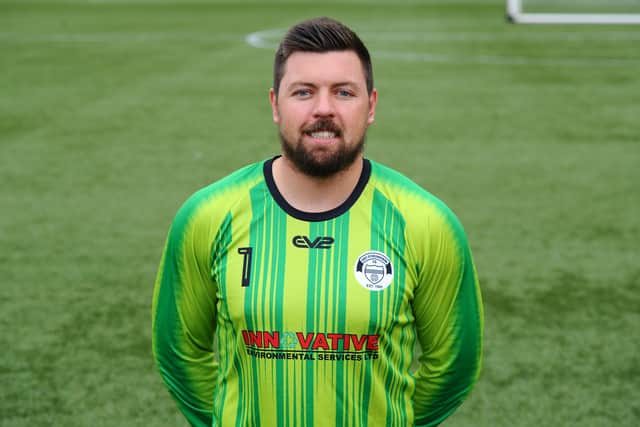

Advertisement
Hide AdAdvertisement
Hide AdFalkirk signed Thomson Allan from Hearts in a familiar pattern of finding former Scotland keepers at the end of their careers . He had been part of Willie Ormond’s 1974 World Cup squad in Germany and was one of the three keepers along with first-choice David Harvey of Leeds and Kilmarnock’s Jim Stewart. Thomson had made his name at Easter Road and won Scottish League caps while at Easter Road, where he was a consistent performer. He also played in the NASL with Toronto City. In 1971, he moved to Dens Park and again proved a good keeper, earning
him his two caps against West Germany and Norway. His later career saw him move on loan to Meadowbank and then permanently to Hearts. After Falkirk, where he played in 13 games, he finished his career with East Stirlingshire.
Falkirk’s connection with Scotland keepers includes players who went on to play for the national side after they had played for Falkirk. Gordon Marshall was signed from East Fife in the Dave Clarke days and went on to produce some great displays for Falkirk. His early career had seen him play at Rangers and The ‘Shire before moving to Bayview. He made his reputation with East Fife and their former boss
was keen to bring him to Falkirk. He was a great keeper and was a member of the 1990/91 title-winning side. Both Rangers and Celtic were keen to sign him, and he chose Parkhead. He replaced Bonner in the side and his form earned him his single
Advertisement
Hide AdAdvertisement
Hide Adcap against the United States in 1992 in Denver. He had a long career, later joining Kilmarnock, Stoke City and Motherwell.
The final Brockville link was Nicky Walker, who signed on loan from Rangers.
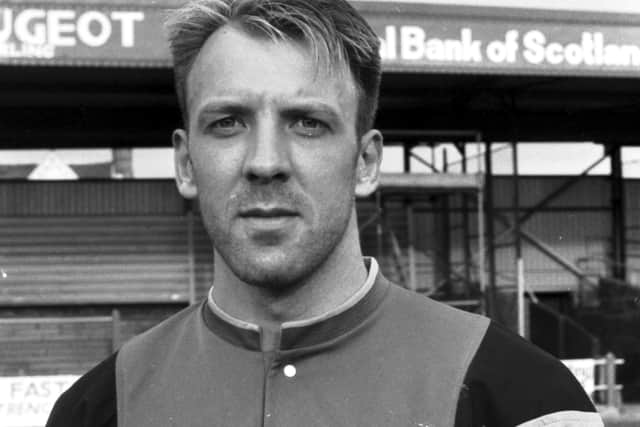

The Aberdeen-born keeper had a lengthy career and played for twelve clubs in total. He started out in the Highland League before Jock Wallace took him to Leicester. Wallace signed him for a second time after the keeper had played for Motherwell and he became a regular until the arrival of Chris Woods. It was as a loan player from Ibrox that he played with Falkirk and he was the keeper in 10 games in season 1986/87 when Falkirk struggled to compete in the top flight.
Nicky Walker moved to Hearts for a fee of £125,000 and it was as a Hearts player that he earned a cap against Germany in 1993. His second cap, against The United States was a real surprise, when he was chosen while he was a Partick Thistle player.
Advertisement
Hide AdAdvertisement
Hide AdWill we ever see a Scotland keeper listed in the match programme as being a Falkirk player? There have been Under 23 keepers, including Bert Slater and Jamie Barclay, but no full caps. There is a strong case that could be made for Willie Whigham as The One That Got Away and a lot depends on who the rivals are for the positions. On his day, Willie was as good as many of the keepers who earned caps in the 60s
Comment Guidelines
National World encourages reader discussion on our stories. User feedback, insights and back-and-forth exchanges add a rich layer of context to reporting. Please review our Community Guidelines before commenting.